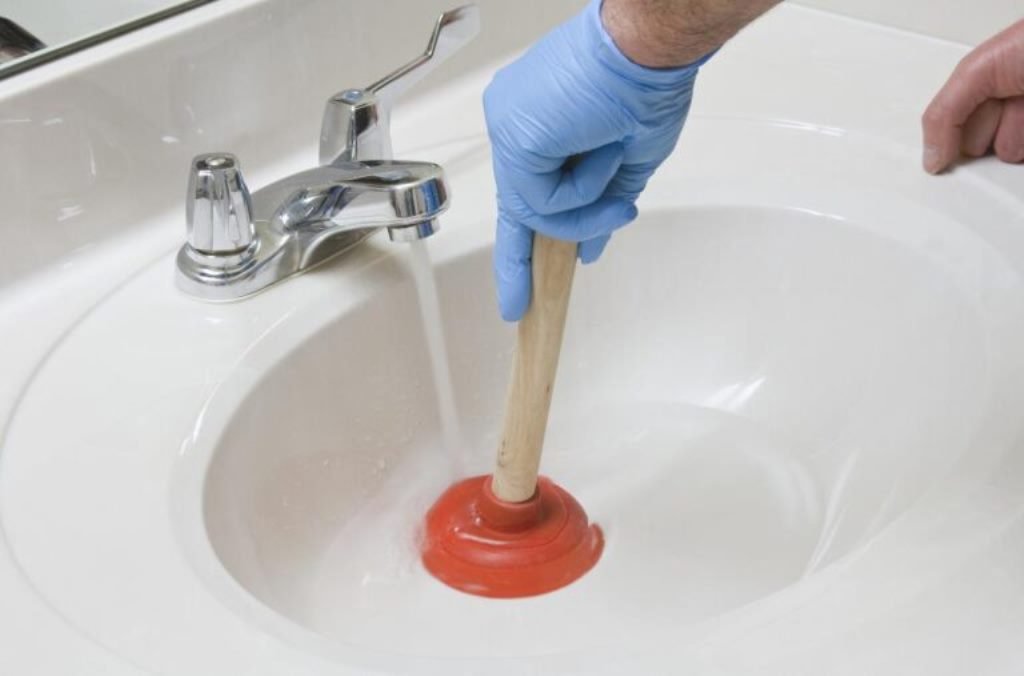Are you dealing with a blocked drain? These 8 simple tips will help you get the water flowing again without having to call a plumber.
On average, your home’s plumbing carriers 300 gallons of water through it on a daily basis. So maintaining this system is extremely important. This means you need to deal with clogs or blockages as soon as possible.
However, getting your blocked drain fixed professionally can cost you dearly. In fact, some plumbers in America make up to $90,000 a year! But what if we told you that you may be able to clear your blocked drain without professional help?
Before you call for blocked drain services, there are several things you can try to fix the problem. Read on to find out eight simple tips to help deal with a blocked drain pipe!
1. Identify the Source of Your Problem
Identifying where your problem is coming from is the first step you need to take when dealing with a blocked drain. The last thing you want is to spend ages trying to fix the wrong pipe.
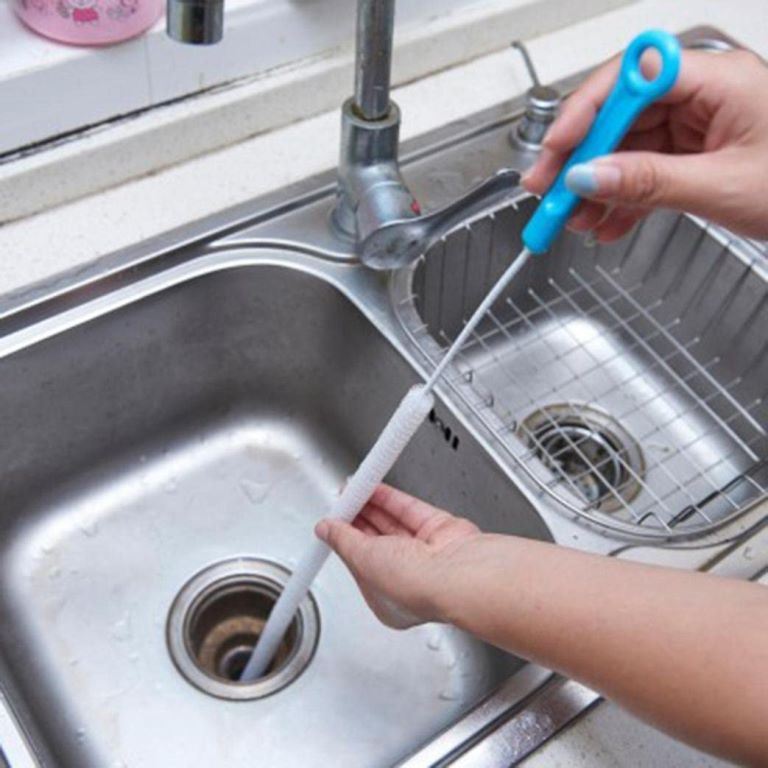
Whether you have a blocked drain under the house or in your kitchen, there are often telltale signs to look out for. These include:
- Unpleasant smells coming from the drain in question
- A raised water level in the toilet
- Gurgling sounds coming from the drain
- Signs of dampness around the drain or pipe
- Water back-up
If your water backs up this will only affect drains on the same plumbing branch. For example, if your bathroom sink is blocked this may cause a back-up in your toilet or shower.
If your outside drain is blocked you may also notice standing water around the outside pipes. This happens if the pipe has cracked due to the blockage.
2. Get Your Plunger Out
When it comes to how to clear a drain, a plunger should be your first go-to tool.
For this to work effectively, make sure the opening of the drain is filled with water. So if the blockage is in a sink, for example, run the water until it sits about an inch deep and covers the plug hole.
Then you can cover the drain with your plunger and press up and down with it rapidly. Keep doing this for about 35 seconds.
If the water starts to drain away slowly, keep going until the flow picks up. If it drains immediately then your clog is clear.
3. Try Baking Soda
There are loads of harsh chemicals that claim to clear blocked drains. However, using the wrong ones for your pipes can actually do a lot of damage and cause more problems.
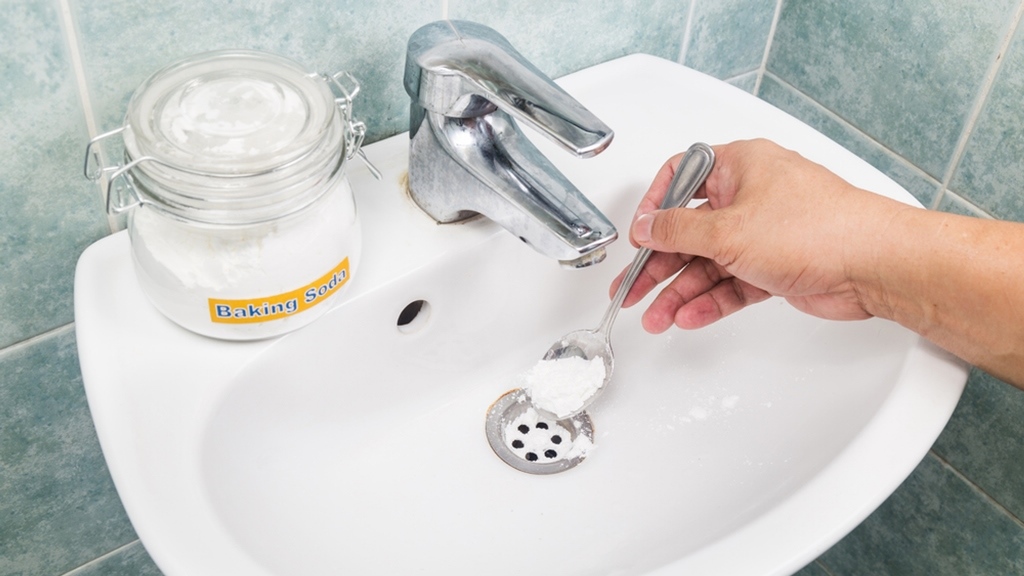
Fortunately, baking soda from your kitchen cupboard will do a perfectly good job on most minor clogs. There are several mixtures you can use to clear your drains, including:
- Equal parts baking soda and white vinegar
- One part baking soda, one part salt, and four parts boiling water
- Washing soda or soda crystals and hot water
Simply sprinkle one of these mixtures down your drain and leave it to soak overnight. In the morning, flush it away using hot water and your blockage should be cleared!
4. Heat It Up
Often, clogs in drains are caused by debris that has entered your pipes in liquid form and then solidified as it cools. This includes oil or fat from cooking or soap from a bar.
Whatever the cause, you may be able to clear a blockage if you can warm it up enough. There are a few ways you can do this.
If you can access the pipe, then you can do this from the outside, by holding something hot against it.
If can can’t access the pipe, you can also loosen clogs by pouring boiling water down the sink. You should be careful when you do this as the blockage may make the hot water splash back at you. Pouring the water gradually (and safely) will be just as effective as pouring it down quickly.
5. Open a Can of Pepsi
No, we’re not suggesting to give up and get yourself a drink. Pepsi, Coca-Cola, and other similar sodas can work wonders on blocked drains.
Simply, pour two-liters of room temperature Pepsi or Coca-Cola down your drain. It should fizz and bubble but just leave it to do this for a couple of hours.
To finish up the job, rinse your drain out with hot or boiling water.
6. Check the Sink Trap
In some cases, you may need a little more muscle to send a blockage on its way. When this happens, the closer you can get to the blockage the better.
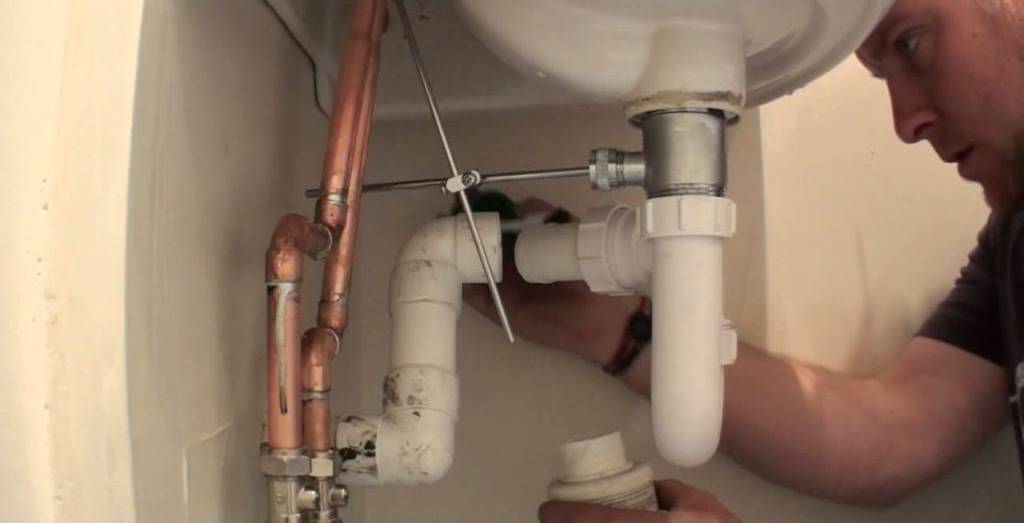
Often blockages in sinks affect the sink trap because, as the name would suggest, these trap extra debris under your sink. The idea is that this stops excess debris from blocking your plumbing system further into your home, which would be harder to fix. In contrast, removing and clearing the sink trap is easy.
Before you remove the sink trap, make sure to have a bucket underneath to catch any water that comes out of your drain. Then you can check it for blockages and clear out anything that’s in the way.
7. Rent an Auger
If you can’t find the source of your blockage or deal with it using any of the methods above, you may need to rent an auger. These are blockage breakers and are available at most hardware stores.
Augers come in different lengths and work by snaking along your drain until they reach a blockage. When this happens, you can turn a handle at your end of the cable and this will break the blockage up.
This is a slightly bigger job but it will still be much cheaper than getting a plumber out to your home.
8. Deal With It as Soon as Possible
The most important thing to do when dealing with blockages is to take action sooner rather than later.
Leaving a blockage in your pipe could cause a build-up of tension in your pipes. This can weaken the pipes, causing cracks and leaks. It could even lead to a burst pipe!
If you’re struggling to remove a blockage in your drain you can find out what’s causing it using a sewer camera inspection. This will help you to figure out the best way to remove the blockage.
Say Goodbye to Your Blocked Drain
As you can see, there are plenty of things you can do to clear a blocked drain before calling in the experts. Keeping these in mind could save you a lot of money in the future.
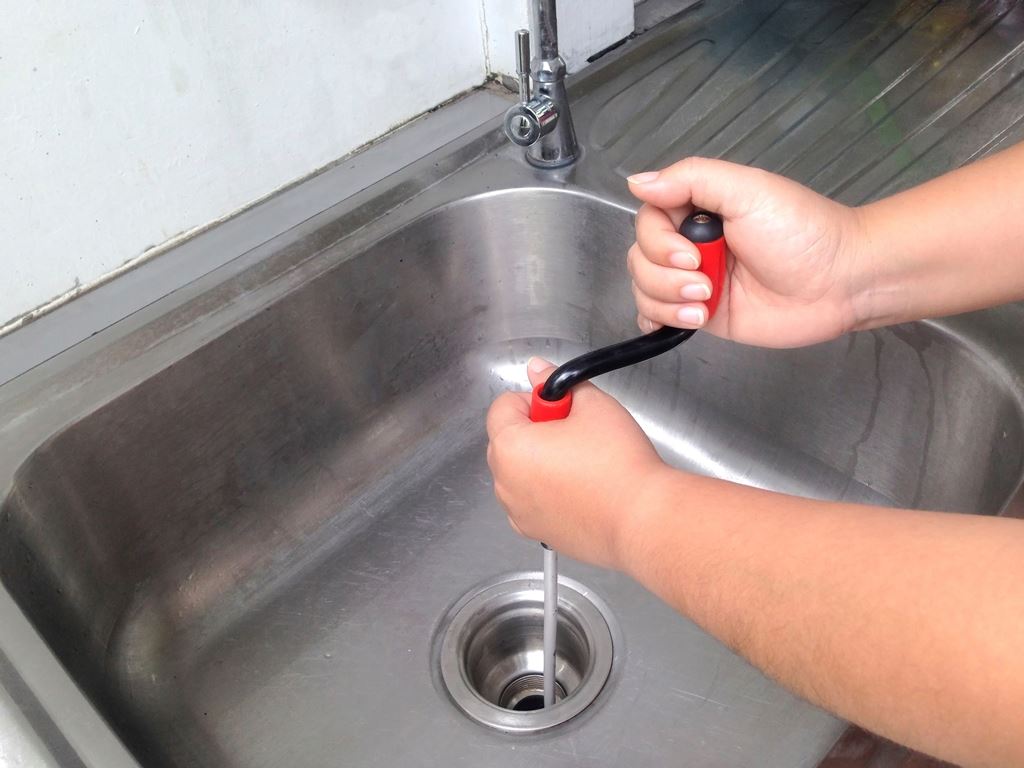
For more tips on how to deal with the plumbing in your home, keep scrolling!
